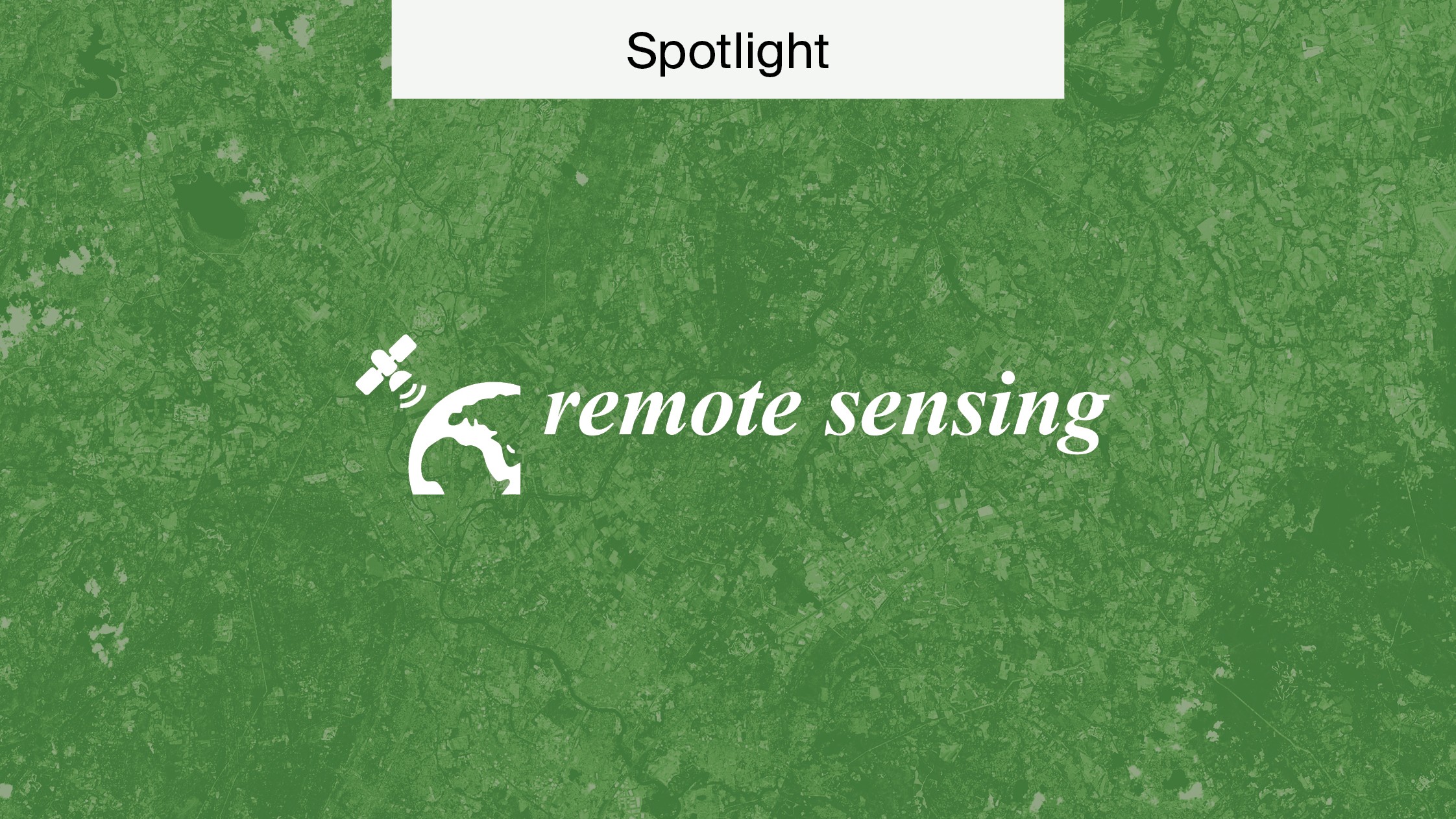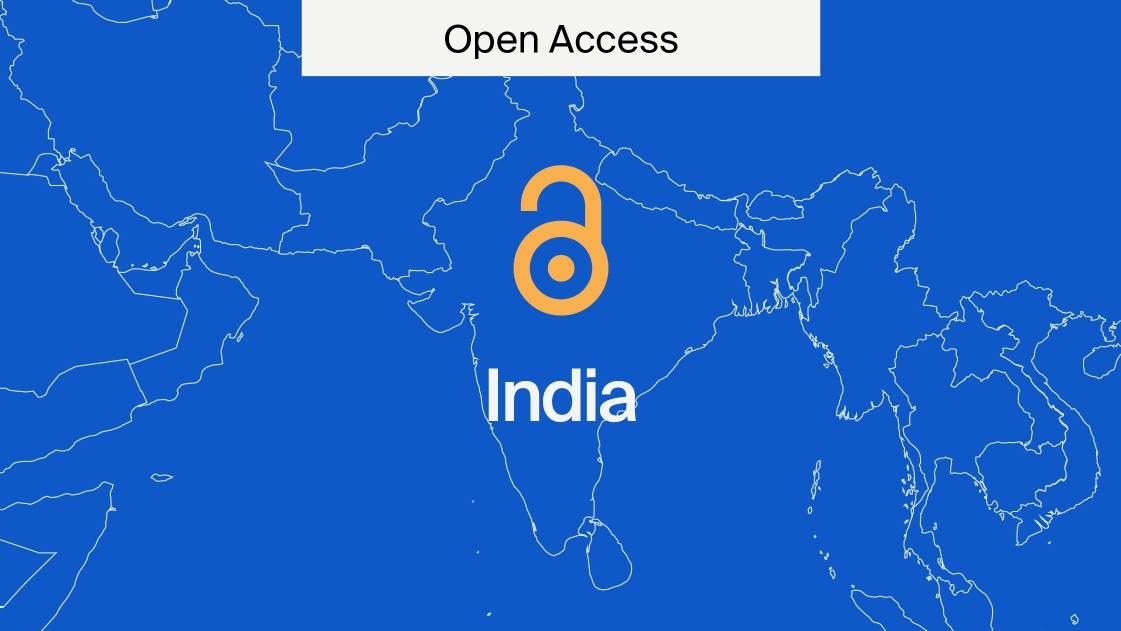
Open Access in Canada
Canada is expanding its Open Access policy. Presently, plans are being developed across all governmental departments and funding agencies to implement embargo-free Open Access. This is occurring in parallel to the USA’s similar policy, which also aims to firmly implement Open Access.
“Open science” is used interchangeably with “Open Access”. Here, we outline the history of the Canadian government’s mandates and its current policies for those looking to submit their research.
Open Access is the new paradigm
Open Access refers to a publishing model for scholarly research that makes information immediately available to readers at no cost. This research is also free to reuse for scholarly purposes.
The benefits of publishing Open Access include more citations and a greater impact, reaching a wider audience, advancing scientific innovation, retaining copyrights, and increasing the potential for collaboration and recognition. Open Access can also help institutions like universities and research agencies in low- and middle-income countries by removing any price barriers to accessing academic research.
History of Open Access in Canada
Canada has sought to make more of its published research Open Access. Here is a brief history of Open Access in Canada:
- 2008: The Canadian Institutes of Health Research (CIHR) mandated that research funded by the body be made Open Access within 12 months of publication either by publishing in an OA journal or archiving in a subject or institutional repository.
- 2015: Modelled on the CIHR policy, the Tri-Agency Open Access Policy on Publications mandated Open Access to research articles funded by Canada’s three major research agencies, known as ‘The Agencies’. This includes the NIHR, Natural Sciences and Engineering Research Council (NSERC), and Social Sciences and Humanities Research Council (SSHRC).
- 2019: The Fonds de recherche du Quebec (FRQ), a funding agency supporting the next generation of researchers in the natural sciences, mathematical sciences, and engineering, mandated that funded research be made freely accessible within 12 months via journal or repository. In 2022, this was updated to require immediate Open Access, as it joined Plan S.
- 2020: The Roadmap for Open Science outlined steps to make federal science open to all. This included overarching principles and recommendations, which will be discussed further below.
Between 2008 and 2015, the Canadian government was expanding its Open Access requirements extensively, but this slowed down. The 2020 Roadmap does, however, reflect a renewed interest in OA policy, likely motivated by the pandemic.
Current Open Access laws in Canada
The 2020 Roadmap aims to achieve Open Access by default without an embargo period for federally funded scientific and research outputs, recommending journals apply this from January 2022. It argues that this is to make Canadian science open to all, maximising benefits for the well-being, health, and economy of the country.
It defines Open Access as “the practice of making scientific inputs, outputs, and processes freely available to all with minimal restrictions”. This includes peer-reviewed science articles and publications, scientific and research data, and public contribution to and dialogue about science.
Furthermore, the Roadmap revolves around the principles of putting people first, transparency, inclusiveness, collaboration, and sustainability. It also recommends implementing FAIR data principles, ensuring interoperability, and developing a sustainable OA framework.
This is similar the 2022 Open Access policy in the USA, which mandated that all US-funded research be made Open Access by the end of 2025. This policy removed the embargo period and encouraged establishing transparent procedures.
Tri-Agency Open Access Policy
As mentioned, the Agencies, federal granting agencies that promote and support research, training, and innovation in Canada, advocate for Open Access and currently mandate it with a 12-month embargo. They argue that “societal advancement is made possible through widespread and barrier-free access to cutting-edge research and knowledge”.
The 2015 policy was ahead of its time, but it is now outdated, especially after the 2022 USA policy and Canada’s 2020 Roadmap.
Accordingly, the Agencies announced a review beginning December 2023. The goal is to ensure that all peer-reviewed journal publications arising from agency-supported research are made freely available without subscription or fee at the time of publication. Essentially, the embargo period will be removed.
The renewed policy will be released by the end of 2025, reflecting the USA’s timeframe for embargo-free Open Access publication.
Canada’s Open Access statistics
Canada has already seen a steady decline in articles published as subscription-only and an increase in those published as Open Access. Here are some statistics from Scopus:
- 2011: 71% of articles were subscription-only, 9% were green Open Access, and 8% were gold Open Access.
- 2016: 60% of articles were subscription-only, 9% were green Open Access, and 17% were gold Open Access.
- 2021: 49% of articles were subscription-only, 9% were green Open Access, and 33% were gold Open Access.
Evidently, subscription-only articles are decreasing gradually, by about 10% every 5 years at the current rate. This change is being directly reflected in the growth of gold Open Access publications, which rose by 25% between 2011 and 2021. Green Open Access remains unchanged, showing that Canadian scholars who are turning to OA choose to publish in OA journals rather than stay in a subscription-only journal and upload their work to a repository.
Future trends
Canada has the ninth biggest output of articles worldwide, so its commitment to Open Access will serve as a model for other countries seeking to transition.
Open Access has been referred to in the Canadian government’s Third and Fourth National Action Plans, the latter of which led to the development of the 2020 Roadmap. The Office of the Chief Science Advisor continually cooperates with federal departments, agencies, granting councils, and thought leaders throughout public services and academia to make OA the norm.
The Open Science Action Plan 2021‒2026 encourages all Government of Canada departments and agencies to develop action plans for OA. Therefore, it’s safe to say Open Access is high on the government’s priorities and will continue to be developed in the coming years.
Similarly, research is being heavily invested in more broadly. In April 2023 alone, $1.4 billion was invested in 11 large-scale research initiatives at postsecondary institutions via the Canada First Research Excellence Fund to encourage partnerships across sectors. In the same month, the Government of Canada funded more than $200 million for interdisciplinary research using the New Frontiers in Research Fund.
The impulse behind these two investments is openness: working across boundaries to further Canada’s scientific output and progress for the benefit of all.
Value of Open Access
All articles published by MDPI are made immediately available worldwide under an Open Access license. This means:
- Everyone has free and unlimited access to the full text of all articles published in MDPI journals;
- Everyone is free to reuse the published material if proper accreditation/citation of the original publication is given;
- Open Access publication is supported by the authors’ institutes or research funding agencies by payment of a comparatively low Article Processing Charge (APC) for accepted articles.
Researchers can satisfy Canada’s expanding Open Access policy and pre-empt any stricter legislation by publishing in an MDPI journal. Alternatively, if you want to publish an early version of your article, try Preprints, our service for publishing early versions of research that are not peer-reviewed and report on either ongoing or complete research.
Open Access makes vital information accessible to all readers and researchers and brings together scholars from across the world. Thus, it is ideal for tackling global challenges such as climate change and cancer research that require urgent and coordinated attention.
Canada is currently expanding its Open Access policy. Click here if you would also like to learn more about Open Access around the world.










